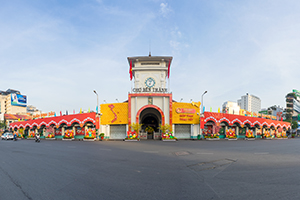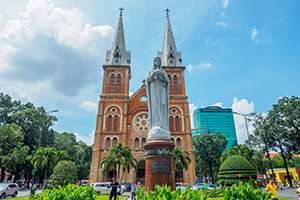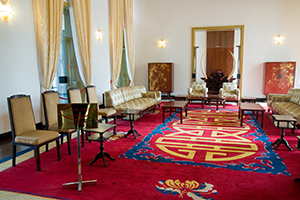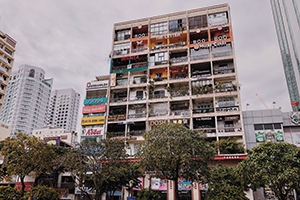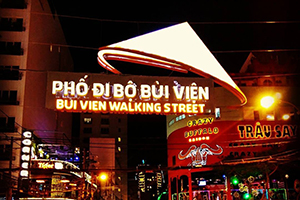Ho Chi Minh or Saigon is the commercial hub in Southern Vietnam. Once known as the Pearl of the Orient, Ho Chi Minh enjoys comfortably hot weather with sudden downpours to reduce the heat. The city is replete with high-rise buildings and state-of-the-art shopping malls. However, there are still plenty of remnants from the good old days left in the Notre Dame Cathedral, Ben Thanh Market, the Reunification Palace, and the War Remnants Museum. Cu Chi tunnel, approximately 40 km from the city center is another historical witness for the history of Ho Chi Minh. Here you can also find lively nightlife in sleepless bars and pubs.
Weather
Located in the tropical monsoon region, the climate of Saigon has clear signs of the rainy and dry seasons. The temperature of the city ranges from 25 to 35 degrees. The rainy season usually lasts from May to November, the rains come and go very quickly. The dry season continues from December to April next year. This time the city is flooded with sunshine. The weather will sometimes be hot but don't worry, Saigon still has enough places to play for you regardless of the weather.
How To Get There
As the largest city in the country, you can travel to Saigon by any means. For those who are far away, you can choose to travel by plane or train. For those who come from closer provinces, you should choose a bus, or go by motorbike to save costs. Tan Son Nhat International Airport is the largest airport in the country, a stop for flights from all parts of the country. Traveling from Hanoi to Ho Chi Minh by plane takes only two hours
Highlights
Ben Thanh Market:
Dated from the 19th century, Ben Thanh market is a witness of Ho Chi Minh history. The market has four gates of East-West-South-North facing the main roads in the center of Saigon. Visiting here, you can shop for a lot of souvenir products, fabrics, clothes, handicrafts.
Notre Dame Cathedral:
Notre Dame Cathedral is one of the places that you cannot miss because of its ancient beauty and symbolic meaning. Located in the central area of District 1, the church is a bold stroke of traditional design in a modern background. It stands out with European architecture combining beautiful Roman and Gothic styles with the most massive pair of bells in Vietnam.
Independence Palace:
Another iconic landmark of the city is the Independence Palace, also known as the Reunification Palace. This is the workplace of Governor-General of Indochina and President Ngo Dinh Diem before April 30, 1975. So far, the Independence Palace is still one of the most typical architectural works of South Vietnam in the 1960s.
Nguyen Hue Walking Street:
One of the most crowded places of Saigon at night is the Nguyen Hue Walking Street. The long road is only for pedestrians. Both sides are the most popular shops, cafes, and entertainment centers. Walking Street is also a place where the art groups give free performances, bringing a youthful and bustling atmosphere of this growing city.
Bui Vien Street:
Bui Vien is the most apparent evidence for a sleepless Saigon. The bustling street in the heart of District 1. Vehicles are not allowed during Saturday and Sunday night. Still, Bui Vien street is packed with youngsters partying all night long.
Culture
Due to its establishment and development, Ho Chi Minh City is a convergence of many cultural flows, bearing the influence of Vietnamese, Chinese, Champa, Khmer culture. The aesthetic feature also very famous in this city is the ancient art called Cai Luong.
Best Time To Visit
Saigon is always busy and has a quite pleasant climate. So you absolutely can travel to Saigon at any time of the year. Each season, Saigon is dressed in a unique beauty that captivates the heart of the guests.


